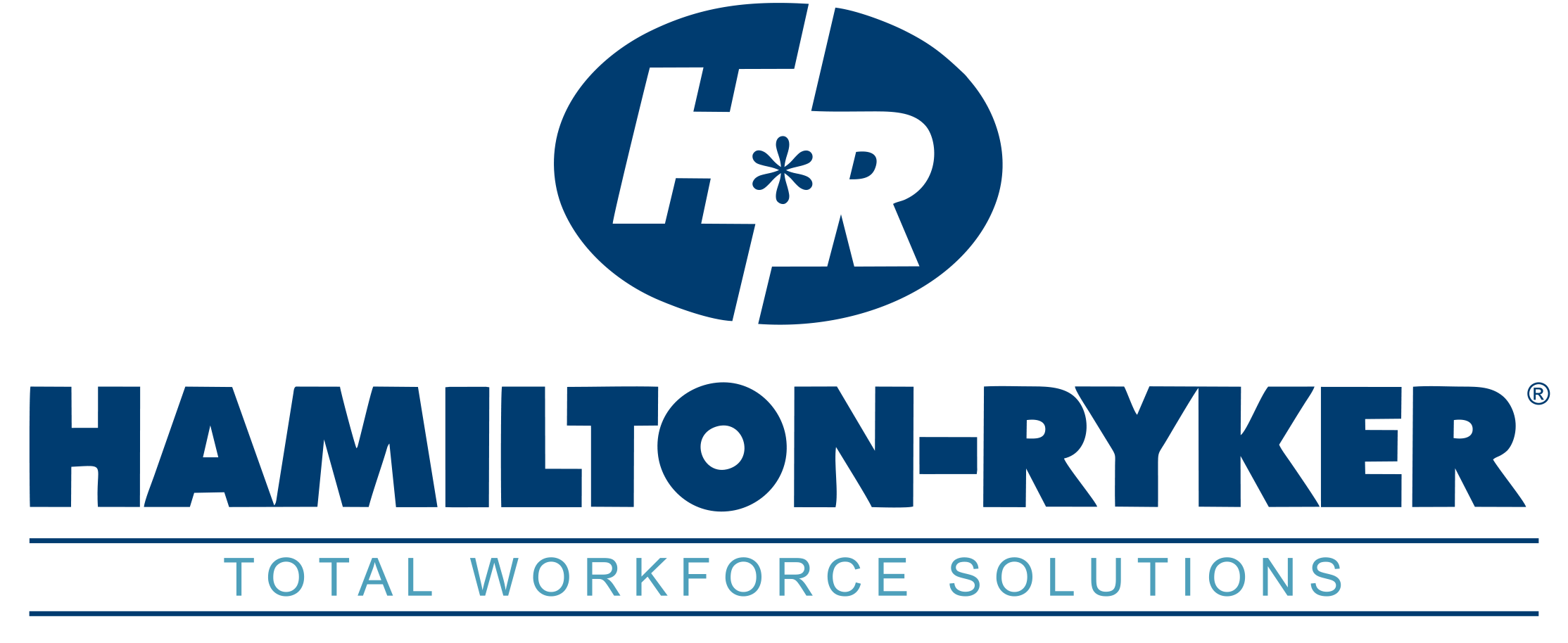Can You Stop These Potential Red Flags in Potential Candidates?
A single bad hire is incredibly costly, often coming with a price tag that’s equivalent to 30 percent of the employee’s first-year salary. But that figure may not include all of the hidden expenses that can accompany a poor hiring decision, such as productivity losses or harm to the remaining team’s morale. As a result, finding ways to identify red flags that indicate a candidate is potentially a bad choice is essential.
Fortunately, there are several warning signs that mean a job seeker is possibly more problematic than their worth. Here are some red flags that should give you pause.
Multiple Gaps in Employment
While a single gap in employment isn’t necessarily a bad sign – particularly if it’s tied to a clear, justifiable reason, like a pandemic-related layoff – repeated gaps in employment are a potential red flag. At a minimum, it shows a pattern of exiting and re-entering the workforce. Depending on the reason for leaving the positions, it could also be indicative of performance issues leading to multiple terminations and lengthy job searches after each one.
Strategies used to disguise gaps in employment are also problematic. For example, only listing the years when describing tenures at workplaces instead of the month and year is a technique for hiding gaps. Using a functional resume instead of a chronological or hybrid may also hide repeated gaps. At a minimum, these issues justify some digging to find out why the gaps are present.
Sloppy or Generic Resumes
Both slopping and overly generic resumes suggest that the candidate didn’t take the time to refine their application before submission. Mistakes are also indicative of a lack of attention to detail. In either case, these issues are signs that the candidate may not be overly enthusiastic about the role, as they didn’t spend the energy necessary to ensure the content speaks to the job and is error-free.
No Career Progression
Unless a candidate is new to their field, their resume should demonstrate some clear forward progression. A lateral move here and there isn’t a red flag, as those could have led to skill-building opportunities that weren’t available in their original position. Additionally, a single backward shift tied to another event – such as a move to a new city – might not be a problem. However, only lateral moves or multiple shifts backward aren’t positive signs. Those could indicate performance issues or a lack of willingness to learn, neither of which aligns with a good hire.
Negative Comments About Past Jobs
Speaking negatively of past positions or employers is a classic red flag. At a minimum, it demonstrates a lack of professionalism. It could also mean that the candidate isn’t accountable for their part in the equation or is trying to place blame on others as a means of deflecting from the truth. In some cases, it’s also a sign of someone who isn’t open to feedback that isn’t entirely flattering, even if it’s presented in a way that’s designed to spur growth.
How Hamilton-Ryker Helps You Avoid Bad Hires
At Hamilton-Ryker, we understand the importance of high-quality hires. When you partner with Hamilton-Ryker, you get access to experienced recruitment professionals who take the time necessary to evaluate candidates’ capabilities to ensure they meet the needs of our clients. If you’re avoiding bad hires is your goal, Hamilton-Ryker can make it easier. Contact us today.


